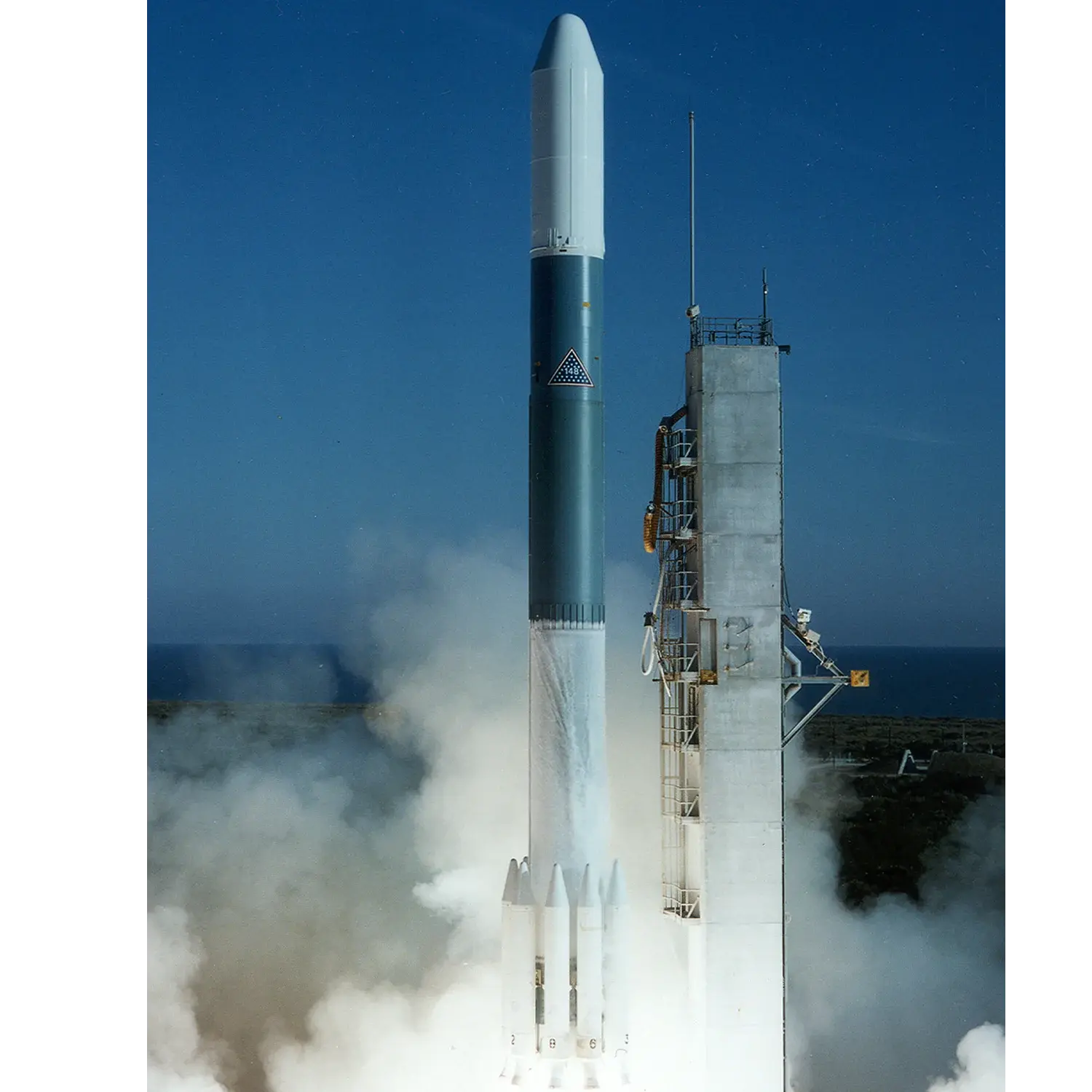ESA-GEOS-1
Launch Partial Failure
Liftoff Time (GMT)
10:15:00
Wednesday April 20, 1977
Watch Replay
24/7 Coverage
Mission Details
Launch Notes
Premature separation of the second and third stages led to the third stage failing to spin up. This left ESA-GEOS-1 in an incorrect orbit which only allowed for measurements for approximately half of each revolution.
ESA-GEOS 1
The ESA-GEOS 1 spacecraft was to have been the first satellite placed in the equatorial geostationary orbit that was dedicated completely to scientific measurements. Unfortunately, a launch vehicle failure made it impossible to achieve this orbit and resulted in the decision to place the spacecraft in a 12-h, commensurate, final orbit where the instruments could make the planned measurements for about 6 h each revolution between 5 and 7 earth radii. In this orbit, the mission was still able to serve as a core or reference spacecraft for the International Magnetospheric Study (IMS) and carried out planned correlative measurements with extensive ground-based networks in Scandinavia and conjugate point measurements between a station in Iceland and in Antarctica. In addition, because of a second daily apogee at a different geographic position, correlative measurements with IMS ground-based networks in Alaska and western Canada were also carried out.
Geostationary Transfer Orbit
1 Payload
572 kilograms
Rocket

Launch Site
Stats
Delta 2000 Series
27th
Mission
3rd
Mission of 1977
1977
30th
Orbital launch attempt
